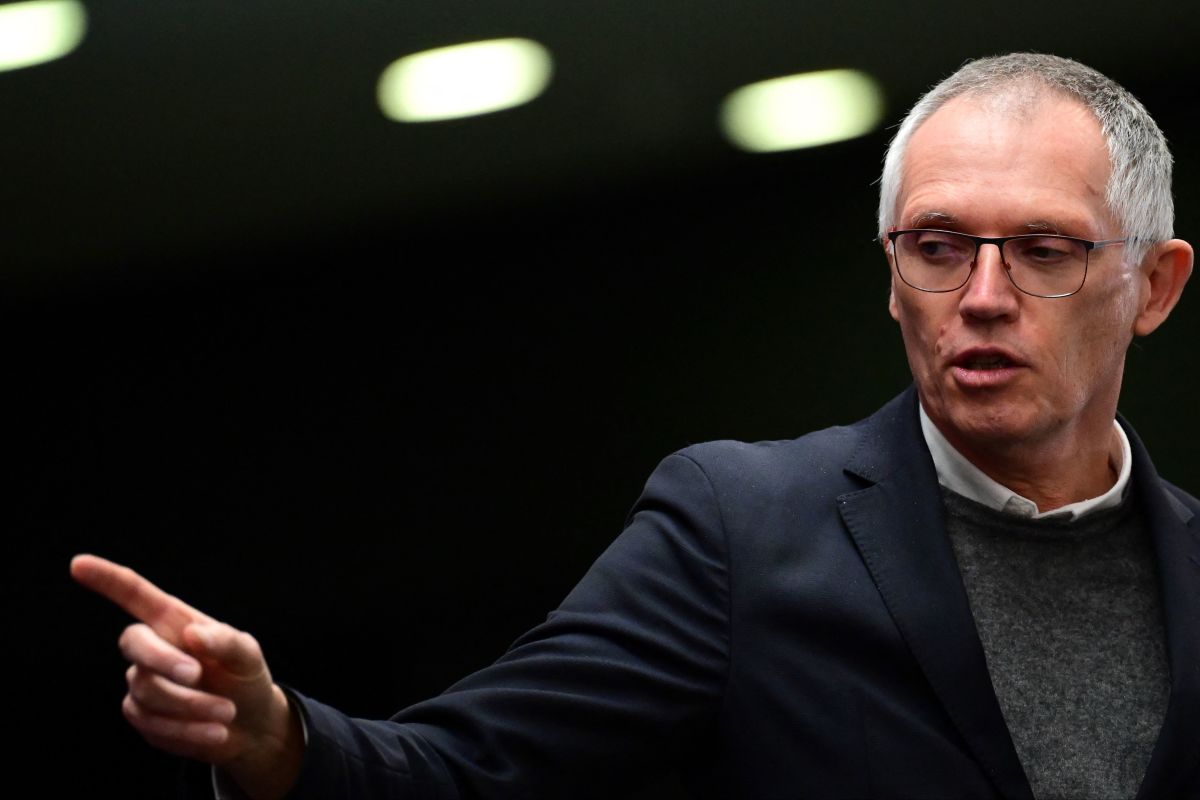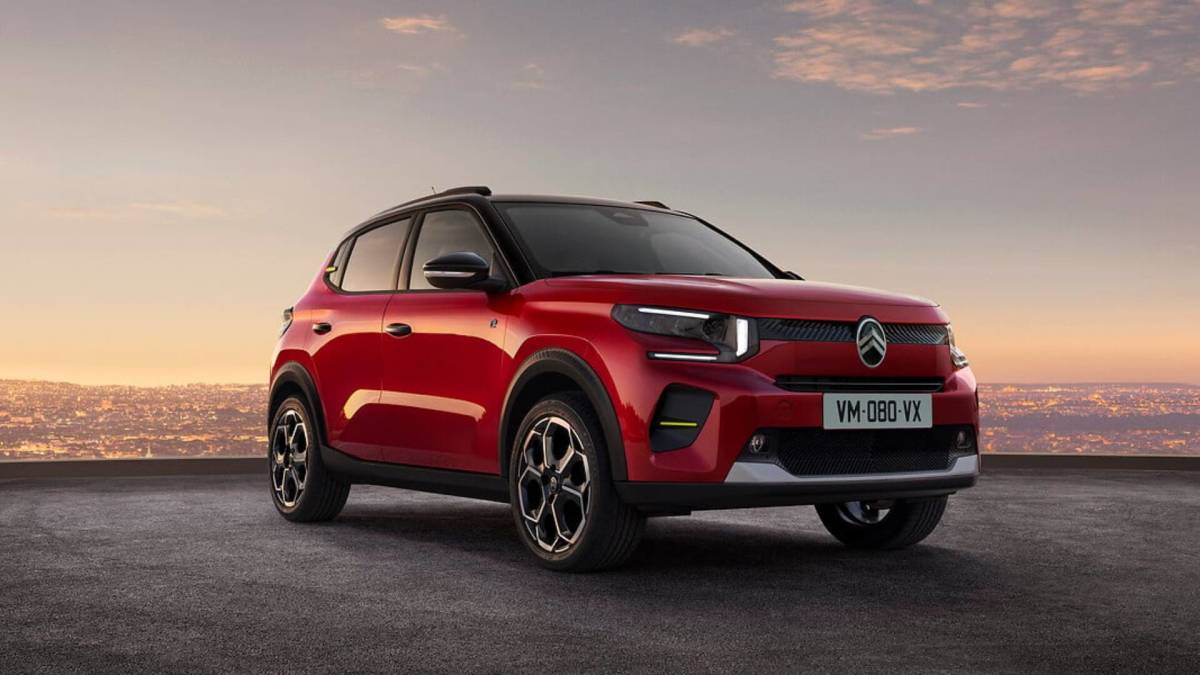
The message is the same from Charles Darwin to Jerry Butler right up to today: only the strong survive.
And when it comes to the car business, it really is a jungle out there.
Related: Elon Musk issues a major challenge for ChatGPT
To illustrate what we mean, let us return to those thrilling days of yesteryear – specifically the early 20th Century – when it seemed like everybody and his brother had a car company.
There were 253 active automobile manufacturers in 1908, according to a report by The History Channel. By 1929, there were only 44, with about 80% of the industry’s output accounted for by Ford (F) -), General Motors (GM) -), and Chrysler.
"Most of the remaining independents were wiped out in the Great Depression, with Nash, Hudson, Studebaker, and Packard hanging on only to collapse in the post-World War II period," the report said.
Now the auto industry is in the midst of another upheaval as automakers look to move away from the internal combustion engine to electric vehicles.
And, just like the ICE days, today's market has its share of startup EV companies trying to make their mark.
CEO: Legacy companies best positioned
In addition to the heavyweights like Tesla (TSLA) -), which saw its first profitable quarter selling cars 18 years after its founding, according to Kelley Blue Book, there also smaller outfits like Rivian (RIVN) -), Fisker (FSR) -) and Lucid (LCID) -).
One wonders how many of today's EV startups will share the same fate as Nash, Hudson, Studebaker and Packard?
“With capital significantly more expensive today [and] an interest rate environment moving up, we’re seeing more EV players squeezed,” Wedbush analyst Dan Ives told kbb.com in May.
Carlos Tavares has a lot to say about the future of the EV industry.
The CEO of Stellantis N.V. (STLA) -), the name behind such brands as Chrysler, Citroën, Dodge, Fiat, Jeep, and Maserati, has no qualms about invoking the name of Darwin – as in "Darwinian" – when he looks out on the EV landscape.
He maintains that the automakers best positioned are the legacy companies whose gas- and diesel-powered vehicles are charging that move to electric vehicles and other alternative fuel technologies.
"What we believe is that the guys who are using what we would call as a shortcut, the legacy business, to fund the future are going to be the guys who are going to be in the best position to accommodate to those different scenarios, because basically, we are doing very good money with the legacy business," Tavares said during a fireside chat at Goldman Sachs' 15th Annual Industrials and Autos Week.
"Already, (there is) significant money with the EV business, but there is still a lot of uncertainty out there," he added, according to The Detroit News.

Stellantis
Elections will be a big factor
Profit has to be made on a $25,000 car or else a company will be in trouble by excluding middle-class buyers, Tavares said.
“Because we see that the offensive on BEVs can be Tesla in the U.S., can be the Chinese in Europe is going to put a lot of pressure on pricing on MSRPs,” he said, referring to manufacturer’s suggested retail price.
“So, if you want to have good margins in terms of EVs, you have to be super sharp on cost, because if you want to attract the middle classes, you need to have pricing at the core of the market that makes you profitable,” he said.
Tavares stressed the importance of the the U.S. presidential election and the European parliament election, as the results could have substantial implications for how quickly consumers adopt EVs.
The Biden administration has proposed ambitious fuel-economy standards that would nearly halve fleet fuel consumption by 2035. If former President Donald Trump or another Republican candidate wins, though, those targets could be rolled back.
The fewer the obstacles, the sooner automakers that aren't making money on EVs could be in danger, Tavares said, putting out an estimate of two to three years before they begin collapsing. But it could be closer to five or six years.
“If it's purely linear, with the amount of capital that you need to fund for products, which structurally are less profitable than the ICEs, they are going to put themselves in trouble quite quickly,” Tavares said. “And in that case, a shorter period of time for them.”
- Want to turbocharge your portfolio? Learn from the investing legends and get actionable insights. Start your Real Money Pro membership today.







